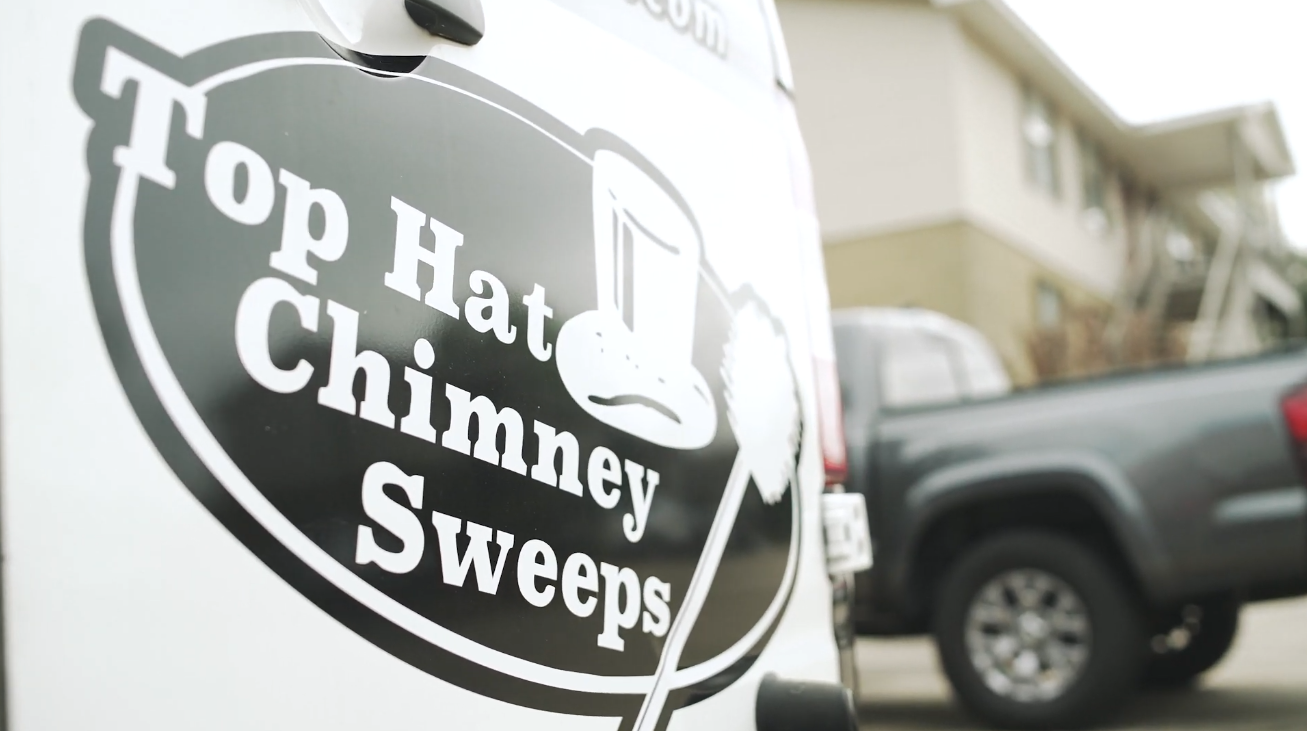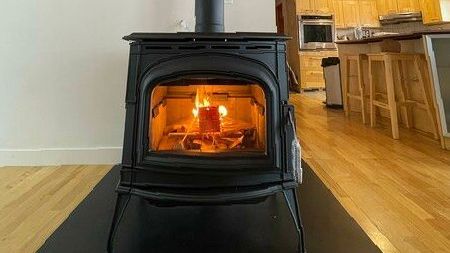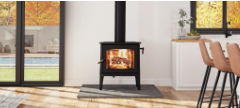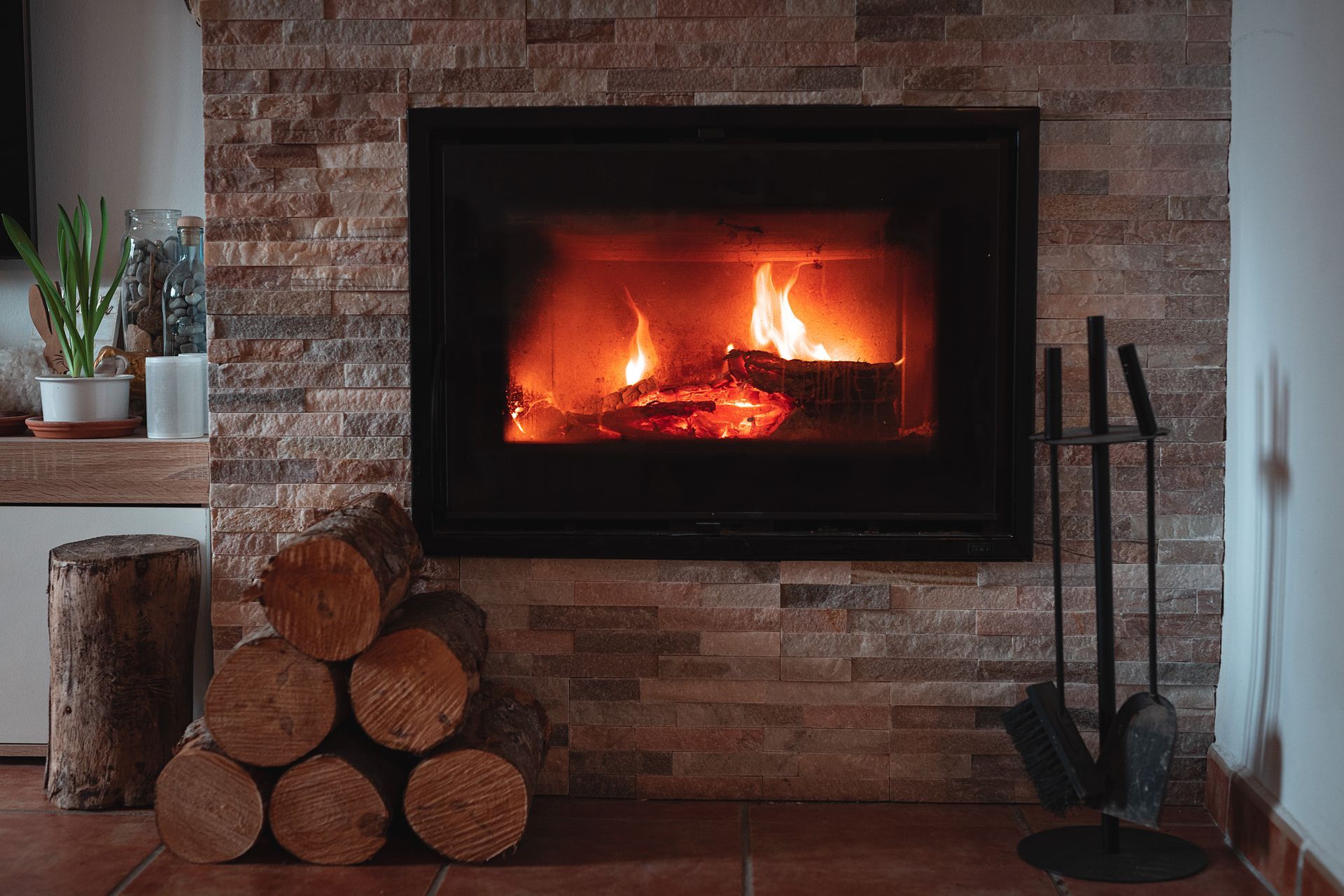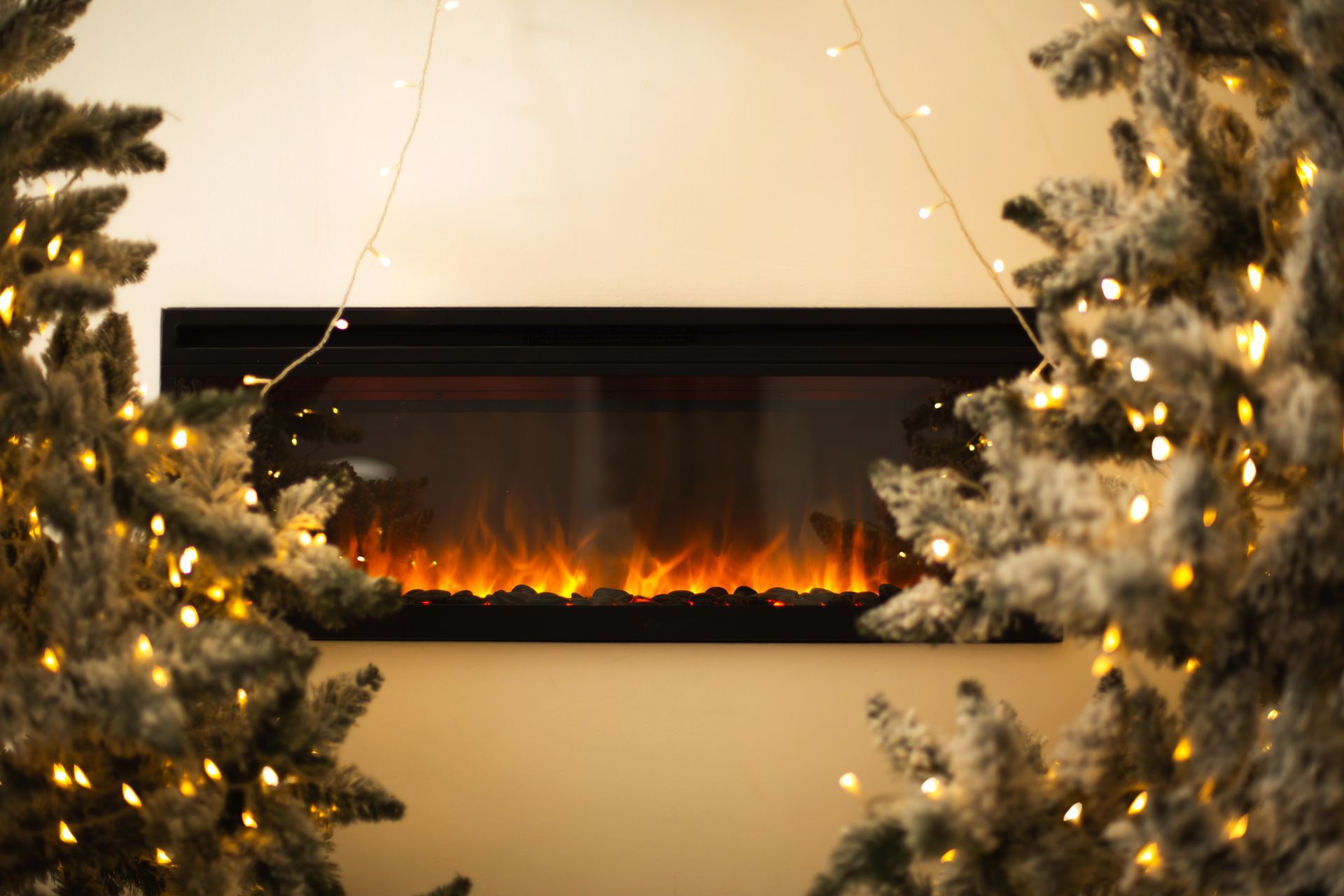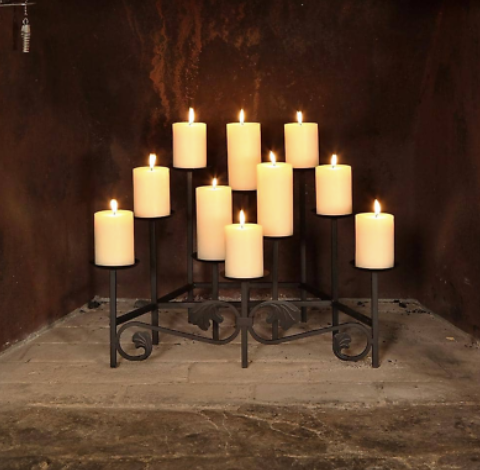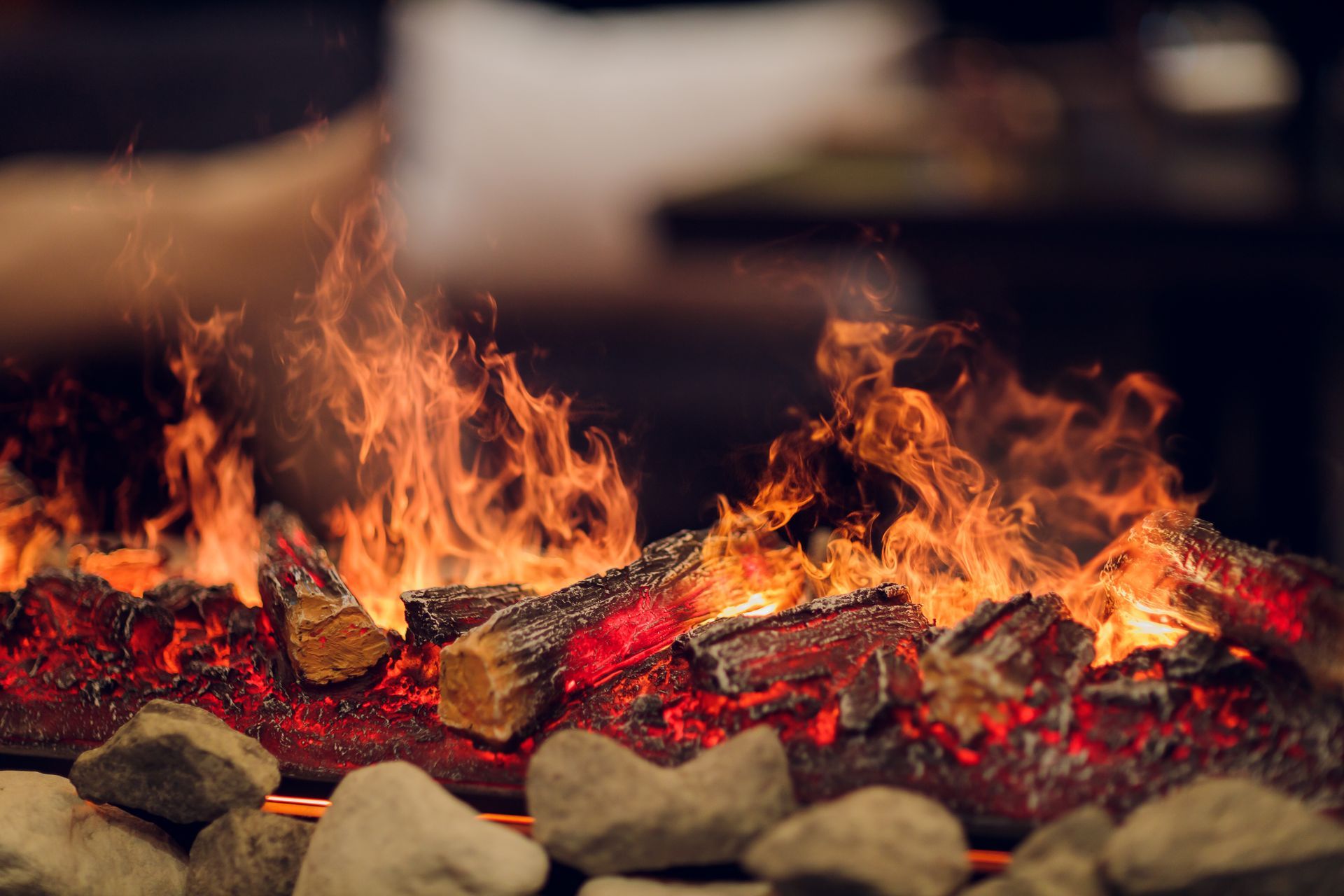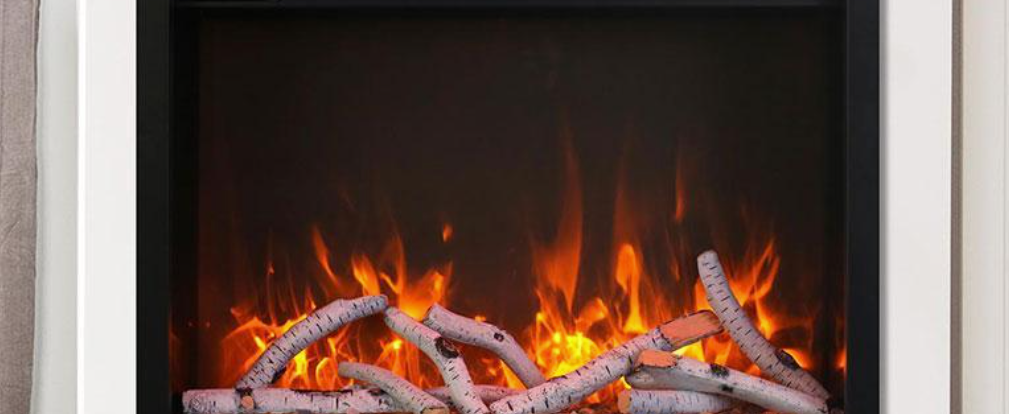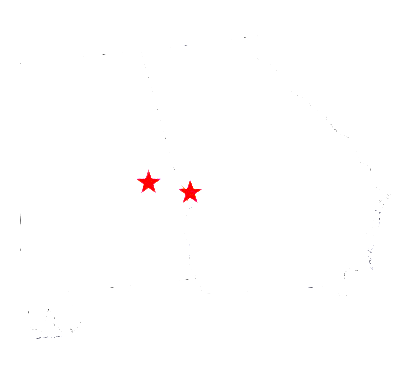Get in touch
Phone
Address
1280 Financial CT
Auburn, AL 36830
Hours
- Mon - Fri
- -
- Saturday
- Appointment Only
- Sunday
- Closed
Click here to see if you're pre-approved for your dream fireplace for as low as $100/month
Ten Most Common Problems with Factory Built Fireplaces
Stay safe and warm
This is quite a long blog. I'm going to summarize the issues in this blog in case my article bores you to death. Here are the 10 most common problems we find with factory built fireplaces summarized.
- Lack of servicing
- Cracked or damaged interior of fireplace
- Damage or disconnected chimney pipe
- Lack of proper clearances
- Roof flashing
- Chimney Chase siding and trim
- Rusted or damaged chase pan
- Wrong chimney cap
- Warped her damaged spark screen
- Wrong glass door
Below is an explanation of all the problems listed above in detail.
- Lack of servicing
Creosote is the natural byproduct of burning wood products. All wood, including hardwoods, produces creosote. Creosote is a highly flammable material that must be removed from your chimney system to avoid a chimney fire. NFPA 211 states that the chimney shall be inspected annually for need of cleaning and structural integrity. Any deposit greater than 1/8 of an inch requires that the chimney be swept. It is recommended that you use a CSIA Certified Chimney Sweep to perform this service. You can locate a certified chimney sweep by using the chimney professional locator on the CSIA web page.
- Cracked or damaged interior liner of firebox
Factory built fireplaces have either a set of refractory panels that look like brick or have metal liners. A few older units may have refractory that does not have a brick pattern stamped on it. All of the panels inside the fireplace are removable because they deteriorate over time. We often get the question "is it safe to use my fireplace if my firebrick is cracked". The answer is probably not. All fireplaces are tested by UL laboratories or a similar testing facility. They have never been tested without the panels installed. Keep in mind that factory built fireplaces are , almost always, framed out with combustible building materials. At the laboratory, they locate heat sensors all around the combustible framing enclosure of the factory built fireplace. It doesn't take a rocket scientist to deduce that the clearances would change if the panels were damaged, removed, or replaced with a non-tested material. After all, we are talking about fire in your home. Hairline cracking is a normal occurrence in a refractory brick panel: As long as a credit card will not fit in the crack and if the panel is not moving as two pieces when pushed on, fireplace manufacturers state that this is not an issue. Do not try to repair fireplace refractory panels with the fireplace mortar available from big box stores. This mortar is intended to be used in masonry fireplaces to repair mortar joints. Most chimney professionals have been trained to replace these panels.
- Damaged or disconnected chimney pipe
This problem, typically, can only be discovered with a video scan of the interior of the chimney pipe. If you haven't had your fireplace chimney system inspected recently, your CSIA Certified Chimney Sweep will recommend a video scan of the system. You cannot detect improperly connected chimney by just looking up the pipe. You may wonder how a chimney pipe gets disconnected. Unfortunately, many times the installers of the fireplace are not National Fireplace Institute certified as installers of wood burning appliances. Almost all manufacturers of factory built fireplaces recommend that the installation be performed by an NFI professional. It's not just the initial installation that could have been the problem. Many times, workman from other trades, accidentally bump up against the pipe in the attic or bad weather pushes on the chimney exterior above the roof and puts pressure on these connections. Factory built chimney systems are extremely safe when installed properly. They will usually protect your home in the event of a chimney fire the first time. Chimney fires can burn very hot causing the metal to expand rapidly. This can warp and damage the pipe even though the house did not experience a structure fire. Always call a CSIA professional after a sudden event.
- Lack of proper clearances
This is a major cause of structure fires from factory built chimney systems. There is no such thing as a zero clearance factory built chimney pipe. The name commonly used for factory built fireplaces is "zero clearance fireplace". Nothing could be farther from the truth. The only part of a factory built fireplace that is allowed to touch a combustible material is the very front of the fireplace where it meets the framing of the profile. A typical label on each section of fireplace will state "maintain a 2 inch clearance to combustible materials and building insulation". You may ask why they add building insulation. The reason is that, when tested, if building insulation is against the pipe it no longer allows the pipe to dissipate hot air. The hot air is trapped and travels to nearby combustible materials. This is one of the major causes of structure fires from factory built chimney systems. Blown in insulation is very common. Many of the insulation contractors are not aware that chimney systems have this requirement. Also, blown in insulation tends to migrate around in the attic.
- Roof flashing
Damaged or improperly installed roof flashing can rot your house away without you even knowing due to water penetration through the roof. Besides rot, termites are drawn to damp areas where there are leaks in your home. There are two types of chimney systems used to penetrate the roof. Most chimney systems are installed in a chimney chase. Chimney chases are not required by the manufacturer. They are purely decorative. You may just have the pipe going through the roof with the manufacturer supplied pipe flashing. Most common flashing materials rust over time. Chimney chase flashings are often installed improperly. At Top Hat Chimney Sweeps, we train our certified technicians in proper installation of flashing systems. Most roofers as well as non CSIA chimney sweeps, will patch roof flashing. We consider this unacceptable. Proper flashing should last over a decade.
- Chimney Chase siding and trim
Most chimney sweep companies, even those certified by the CSIA, have ever been taught the skills of rebuilding chimney chases. All of our technicians are trained in the proper installation of siding materials. If you think about it, your chimney chase is the only part of your home that is not protected by a roof and the overhang of the roof. It will deteriorate much faster than the siding on your home.
- Rusted or damaged chase pan
If your factory built chimney is installed inside a chimney chase, there will be a sheet metal top covering the chimney chase. Don't confuse the chase cover with the chimney cap. A chimney cap sits on top of the pipe itself. It is almost impossible to make a chase pan where it does not hold water from rain. Unless the chase cover is constructed of stainless steel, it will rust over time. Top Hat Chimney Sweeps only installs stainless steel chase covers which carry a lifetime warranty.
- Wrong chimney cap
You would think that any chimney cap that keeps water out of the chimney is suitable for a factory built fireplace. This is why it is a common problem. The builder of your home may have installed something decorative instead of the chimney cap that is tested and listed for the system. Almost all chimney systems are air cooled. It's called double wall pipe. The inner wall exhausts the smoke and the inner wall pulls cool air in to the chimney. The chimney cap made by the manufacturer separates where the smoke exits the inner pipe and cooling air is pulled in the outer pipe. In other words, smoke can be pulled in the cooling walls of the chimney This can create creosote within the chimney system between the inner wall and the outer wall. It can also pull smoke into the combustible chimney chase. Or worse, the outer cooling wall can be blocked by the non-tested and listed cap.
- Warped or damaged spark screen
The spark screen that is installed in your factory belt fireplace is required by its UL listing. This is one item you don't need to be a chimney professional to recognize. If your screen is warped and will not close sparks will flirt out of the fireplace causing a potential fire hazard. Also, many of these spark screens do not move well over time due to all the heat they experience. All fireplaces whether they are factory built or masonry needs to have a spark screen that fully protects from sparks or embers entering the home. And finally, keep furniture, newspaper, magazines, and knick knacks that are combustible, 3 ft away from the opening of the fireplace
- Improper glass door
Most homeowners would not think that a glass door is a big deal. It's simply makes my fireplace look better and allows for added safety to be able to shut the doors before bedtime. Very few people are aware that factory built fireplaces have cooling vents on the sides of the opening. These can be disguised or you may notice them when you look on the inside opening of your fireplace. It is critical that these cooling vents not be blocked by any material. The glass doors made for factory built fireplaces have a space between the glass and the frame on the sides of the opening of the fireplace. Some factory built fireplaces are called circulators. They will have louvers at the top and the bottom of the fireplace. These are not allowed to be blocked in any way. Overheating can occur with installation of an improper door. Our technicians are trained to recognize this potential hazard. If you would like to update the look of your fireplace you can visit our retail showroom at 1280 Financial Court in Auburn Alabama or are certified technicians can show you your options in the comfort of your home.
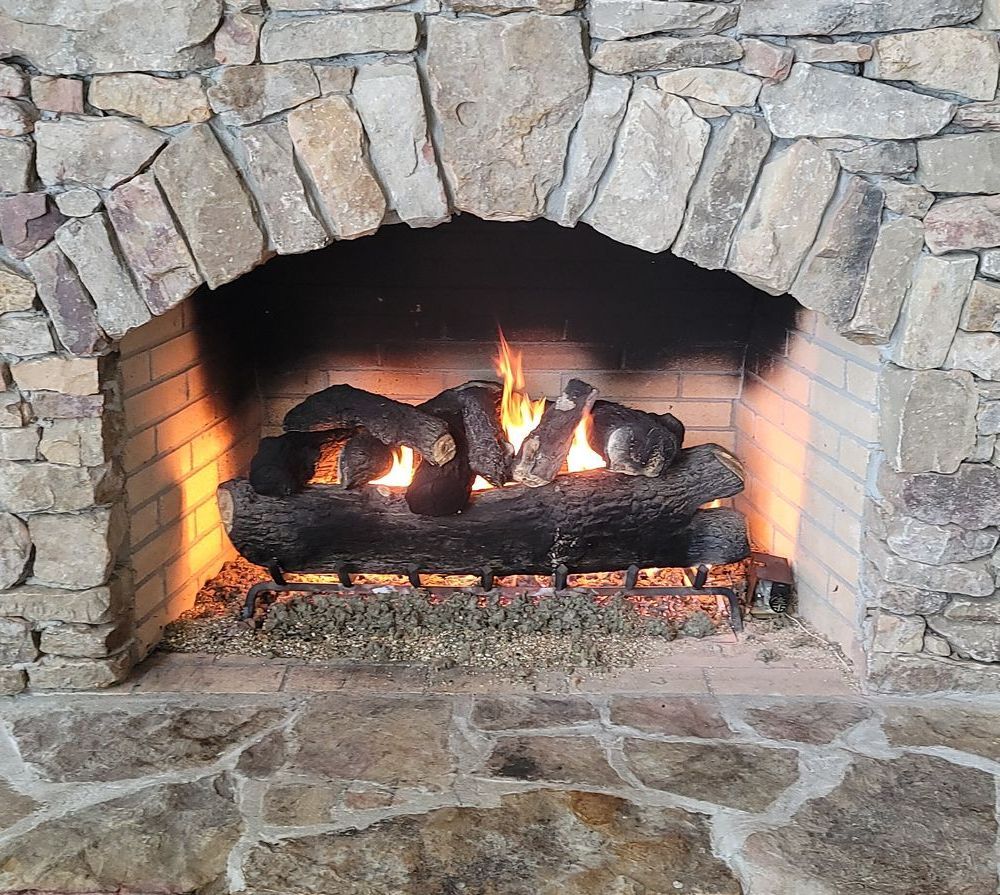
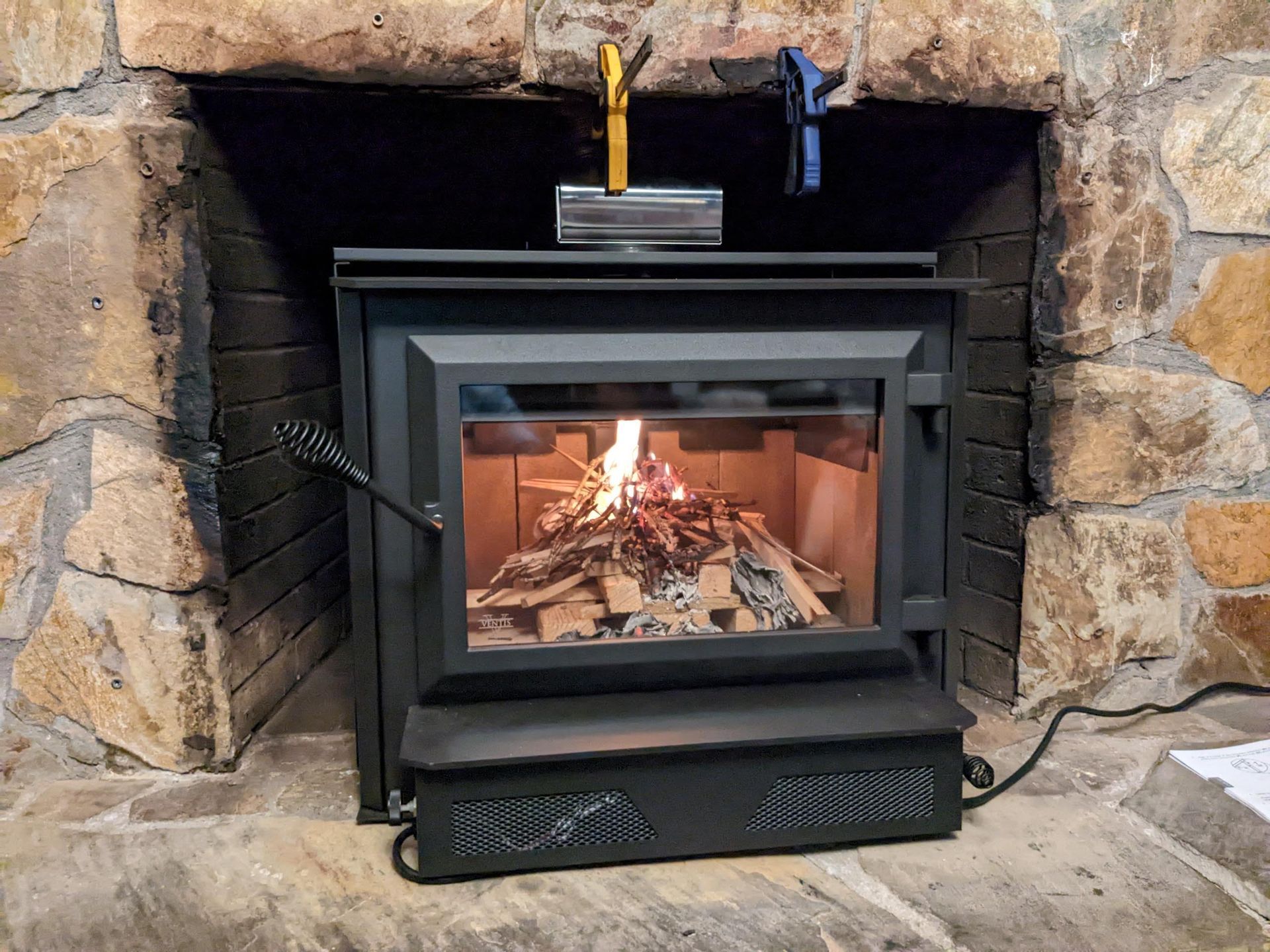
QUICK LINKS
CONTACT
Phone
Auburn, AL
1280 Financial Ct
Auburn, AL 36830
Montgomery, AL
385 Hidden Valley Rd, Deatsville, AL 36022
Columbus, GA
3025 University Ave, Suite 206
Columbus, GA 31907
Hours
- Mon - Fri
- -
- Sat - Sun
- Closed
QUICK LINKS
CONTACT
Phone
Auburn, AL
1280 Financial Ct
Auburn, AL 36830
Montgomery, AL
The Strickland Building
4252 Carmichael Rd, Suite 227
Montgomery, AL 36106
Columbus, GA
3025 University Ave, Suite 206
Columbus, GA 31907
Hours
- Mon - Fri
- -
- Sat - Sun
- Closed

Everyone at Top Hat was super professional, very well-informed and courteous. The communications with the office were efficient and courteous as well. We are very pleased with all the work done on our chimney and our new gas logs.
Fran Tyler
Button
Chris was outstanding. He was pleasant and professional. He was very thorough and his inspection and explained to me clearly what needed to be done and he gave me a quote for the work on the spot. Very impressed!
Tim Brittain
Button
Chris came out to do our dryer vent service. He did a great job and was kind and knowledgeable. Will definitely be asking for him when we need it service again.
Samantha G.
Button
Rudy did a wonderful job servicing our dryer vent. He’s very nice and very knowledgeable. He is also very quick and thorough. I highly recommend him if you need a dryer vent or a chimney servicing.
Julie Mitchell
Button

Everyone at Top Hat was super professional, very well-informed and courteous. The communications with the office were efficient and courteous as well. We are very pleased with all the work done on our chimney and our new gas logs.
Fran Tyler
Button
Chris was outstanding. He was pleasant and professional. He was very thorough and his inspection and explained to me clearly what needed to be done and he gave me a quote for the work on the spot. Very impressed!
Tim Brittain
Button
Chris came out to do our dryer vent service. He did a great job and was kind and knowledgeable. Will definitely be asking for him when we need it service again.
Samantha G.
Button
Rudy did a wonderful job servicing our dryer vent. He’s very nice and very knowledgeable. He is also very quick and thorough. I highly recommend him if you need a dryer vent or a chimney servicing.
Julie Mitchell
Button
All Rights Reserved | Top Hot Chimney Sweeps | Privacy | Powered by Aletheia Digital
All Rights Reserved | Top Hat Chimney Sweeps | Privacy | Powered by Aletheia Digital

